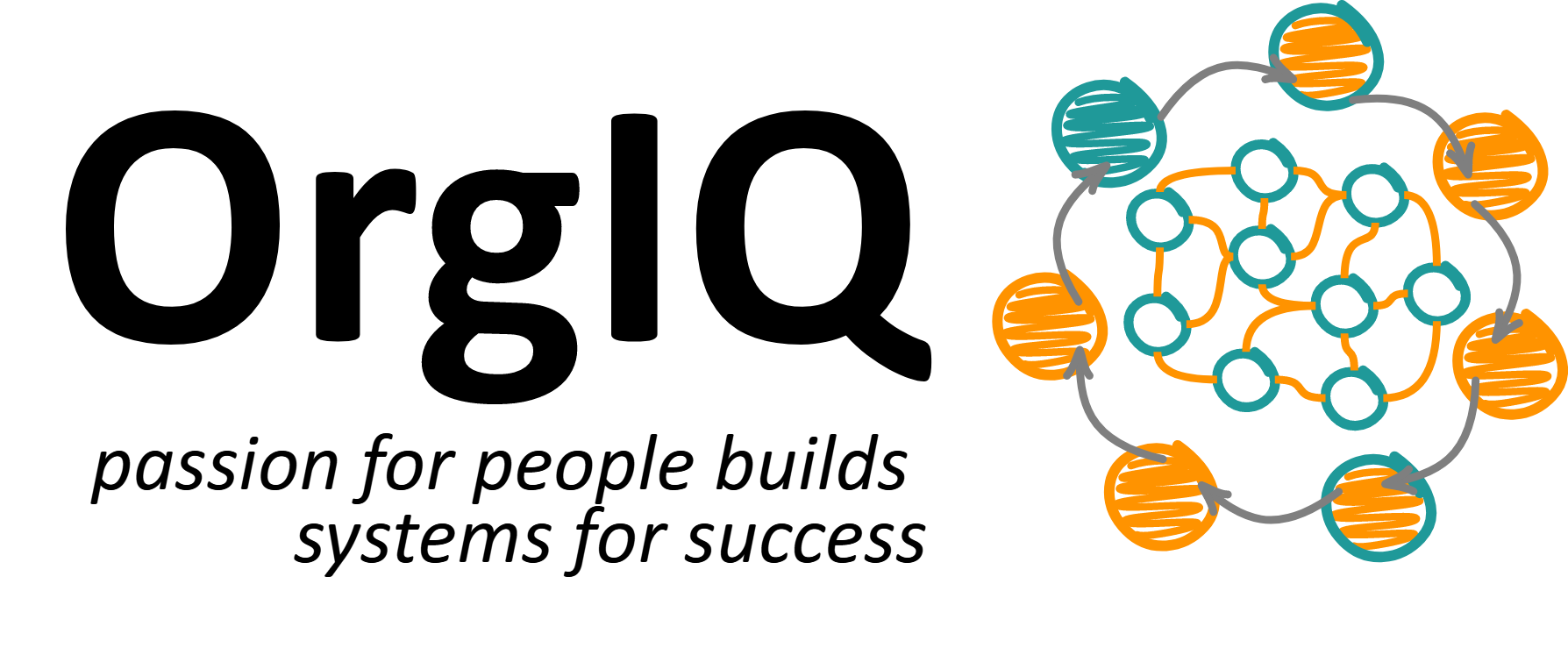In the fast-paced world of business, organizations often find themselves at a crossroads of competing demands: product quality, time to market, safety, security, and profitability, not to mention a maze of legal and compliance issues spanning across multiple countries. How do companies balance these multifaceted, often conflicting requirements without losing their edge?
Understanding the Challenge: Every department within an organization—from Product Management and Development to Sales, Support, and Legal—has its unique priorities and perspectives. The challenge is not just about meeting these individual needs but finding a harmonious balance that propels the entire organization forward.

The Single Point of Decision Dilemma
Traditionally, decision-making might come from a ‘Single Point of Decision’—one leader’s perspective dictating the strategic direction. While decisive, this approach can overlook the nuanced interdependencies that define modern organizations. Surely, we see the risks of siloed thinking and missed opportunities for synergy, today. But nevertheless, it is still wide spread practice.
But if we have to many factors in our Neo-Cortex we get overwhelmed and often lose the plot completely. So in our first part of the series we want to look at suggested methods that can help us.
Methodical Balance: Theory and Application
Research into organizational behavior suggests several strategies to achieve this balance:
Balancing Exploration and Stability
An effective organization actively searches for optimal decisions while stabilizing established successful practices. Studies indicate the need for a balance between broad exploration of options and maintaining stability, where design elements promoting exploration are complemented by those ensuring stability (Rivkin & Siggelkow, 2003).
OrgIQ Remark
Even if we here have a very classical approach you see here the balance between the Pioneers and the Lifelines we suggest.
Adapting Organizational Design Elements
There are critical interdependencies among organizational design elements like vertical hierarchy, incentive systems, and decision-making processes. Adjusting these elements can support both extensive exploration of new opportunities and the stability needed to execute efficiently (Rivkin & Siggelkow, 2003).
Evaluating Method Effects with Advanced Techniques
To navigate the complexities of organizational influences, researchers advocate for advanced statistical techniques like latent variable models. These methods provide a more accurate analysis of how various independent variables affect dependent outcomes such as organizational performance (Williams & Anderson, 1994).
Implementing the Strategy
How can organizations practically apply these insights? It starts with a commitment to understanding the unique dynamics at play within each department and then crafting strategies that acknowledge and integrate these differences. Here are practical steps to get started:
- Encourage Cross-Departmental Teams: Create teams that span across functional boundaries to tackle specific challenges. This encourages the sharing of insights and fosters a more comprehensive understanding of each challenge.
- Implement Feedback Loops: Regular feedback mechanisms allow for the adjustment of strategies in response to new information and changing conditions, maintaining a balance between stability and adaptability.
- Utilize Data-Driven Decision Making: Leverage advanced analytics to understand the impact of various decisions across different areas of the company, enabling more informed and effective decision-making.
Conclusion
Finding balance in the face of complex organizational demands is not about choosing one priority over another but about harmonizing various needs to achieve a common goal. In the intricate dance of organizational management, understanding and adapting to interdependencies is not just beneficial—it’s essential for survival and success.

Leave a Reply